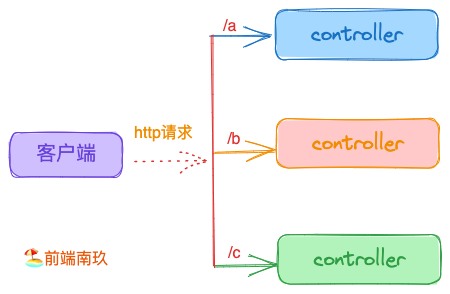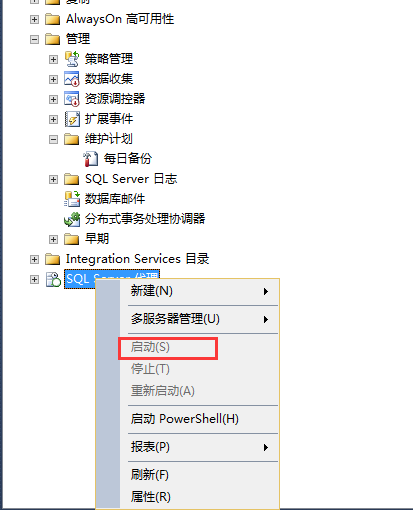bind用于绑定可调用 (Callable) 对象(函数对象、指向函数指针、到函数引用、指向成员函数指针或指向数据成员指针)和其参数。返回值为绑定成功后的函数对象
C++11中引入的function机制,其中绑定器主要有三种:bind1st、bind2nd、bind(C++11)
函数对象
首先说说函数对象,之所以说函数对象,是因为绑定器、function都涉及到该部分概念。函数对象实际上是类调用operator()()小括号运算符重载,实现像在“调用函数”一样的效果,因此还有个别名叫“仿函数”。函数对象示例代码如下:
class Print {
public:
void operator()(string &s) { cout << s << endl; }
};
int main() {
string s = "hello world!";
Print print; //定义了一个函数对象print
print(s);
return 0;
}
上面代码print(s);语句,看似像函数调用,其实是类对象print调用其小括号运算符重载print.operator(string &s)。print就是一个函数对象,至此对函数对象就有了基本的认识
为什么需要绑定器?在使用STL时经常会遇到STL算法中需要传递某元函数对象,比如在写sort时,第三个参数决定了我们的排序规则,用来接收一个“比较器”函数对象,该函数对象是一个二元的匿名函数对象,形如greator()或者less()。二元函数对象的意思是,这个函数对象的小括号运算符重载函数接收两个参数,那么几元就表示接收几个参数。
我们知道系统自带的greater()和less()模板类对象是二元匿名函数对象,但是像泛型算法find_if第三个参数接收一元函数对象,所以需要通过绑定器将其转换为一元函数对象,可以通过bind1st和bind2nd去绑定,顾名思义,前者对二元函数对象的第一个参数进行绑定,后者对二元函数对象的第二个参数进行绑定,两个绑定器均返回一元函数对象
sort(vec.begin(), vec.end(), greater<int>()); //从大到小对vector进行排序
find\_if(vec.begin(), vec.end(), bind1st(greater<int>(), 70));
find\_if(vec.begin(), vec.end(), bind2nd(less<int>(), 70));
下面给出bind1st绑定过程图,二元函数对象绑定了第一个数为70,变为一元函数对象,传递给find_if泛型算法,此时find_if所实现的功能就是:找出有序降序数组中第一个小于70的数,所以find_if返回指向65元素的迭代器

绑定器
C++ STL
bind1st 将operator()的第一个形参绑定成一个确定的值
bind2nd 将operator()的第二个形参绑定成一个确定的值
代码1
#include <iostream>
#include <vector>
#include <functional>
#include <algorithm>
#include <ctime>
using namespace std;
template<typename Container>
void printerContainer(Container & _container) {
typename Container::iterator it_begin = _container.begin();
typename Container::iterator it_end = _container.end();
while (it_begin != it_end) {
cout << *it_begin <<" " ;
++it_begin;
}
}
int main() {
vector < int> vec;
srand(time(nullptr));
for (int i = 0; i < 20; i++) {
vec.push_back((rand() % 100 + 1));
}
printerContainer<vector < int>>(vec);
vector< int>::iterator it_begin= vec.begin();
vector< int>::iterator it_end = vec.end();
sort(it_begin, it_end);//默认小到大排序
cout << endl;
printerContainer<vector < int>>(vec);
cout << endl;
//greater二元函数对象
sort(it_begin, it_end,greater<int>());//大到小排序
printerContainer<vector < int>>(vec);
cout << endl;
//将70按顺序插入容器中,找到第一个小于70的元素
//库里提供的less,greater都是二元的函数对象
//greater a>b
//less a<b;
//绑定器 + 二元函数对象 => 一元函数对象
//bind1st: + greater bool operator()(70, const _Ty& _Right)
//greater
//constexpr bool operator()(const _Ty& _Left, const _Ty& _Right) const
//{ // apply operator> to operands
// return (_Left > _Right);
//}
//bind2nd: + less bool operator()(const _Ty& _Left, 70)
vector<int>::iterator it_findValue=find_if(it_begin, it_end, bind1st<greater<int>, int>(greater<int>(), 70));
if (it_findValue != it_end) {
vec.insert(it_findValue, 70);
}
printerContainer<vector < int>>(vec);
cout << endl;
system("pause");
return 0;
}
绑定器 + 二元函数对象 => 一元函数对象




















